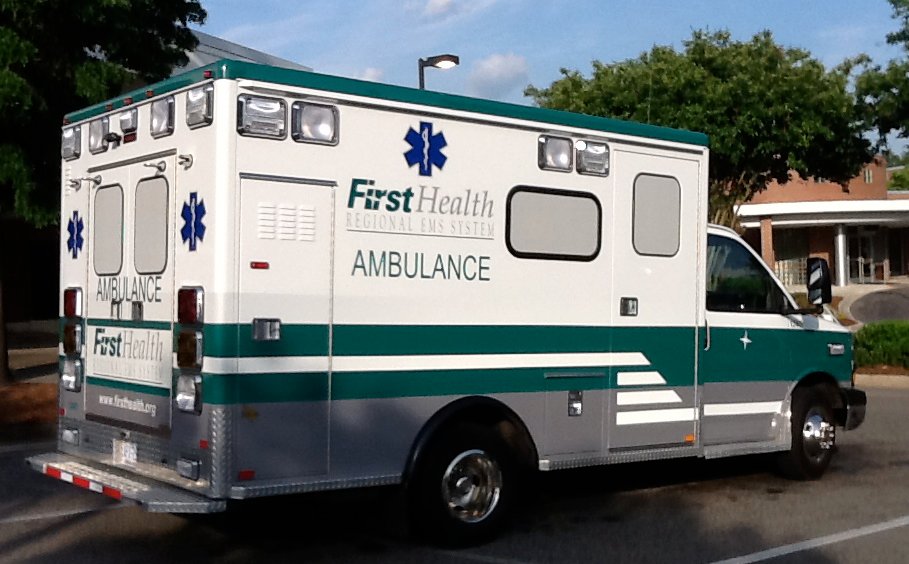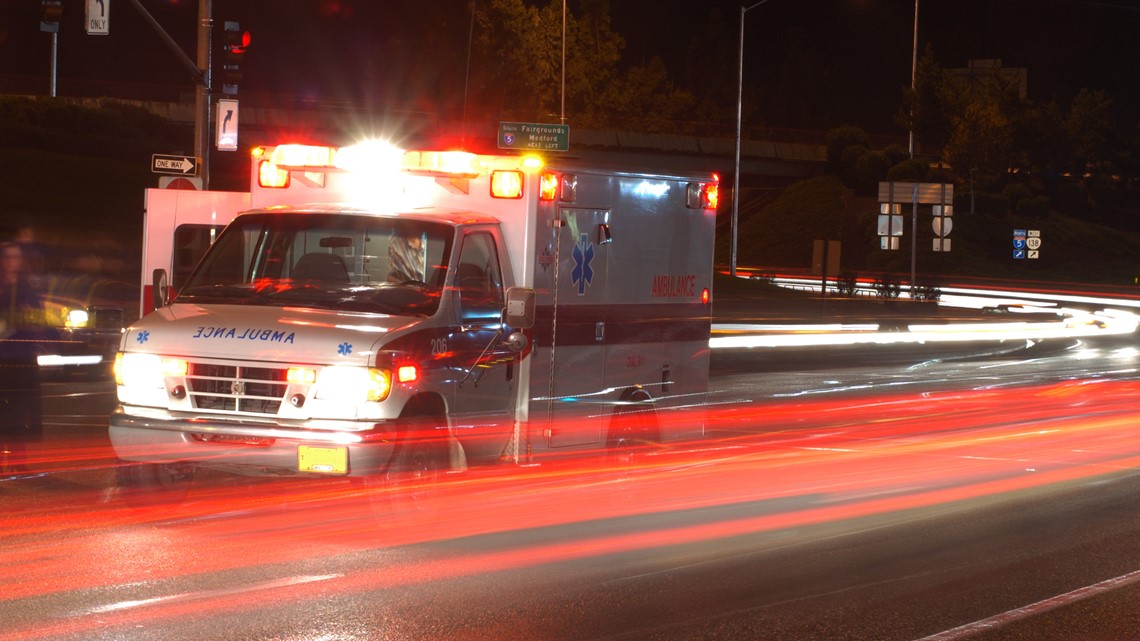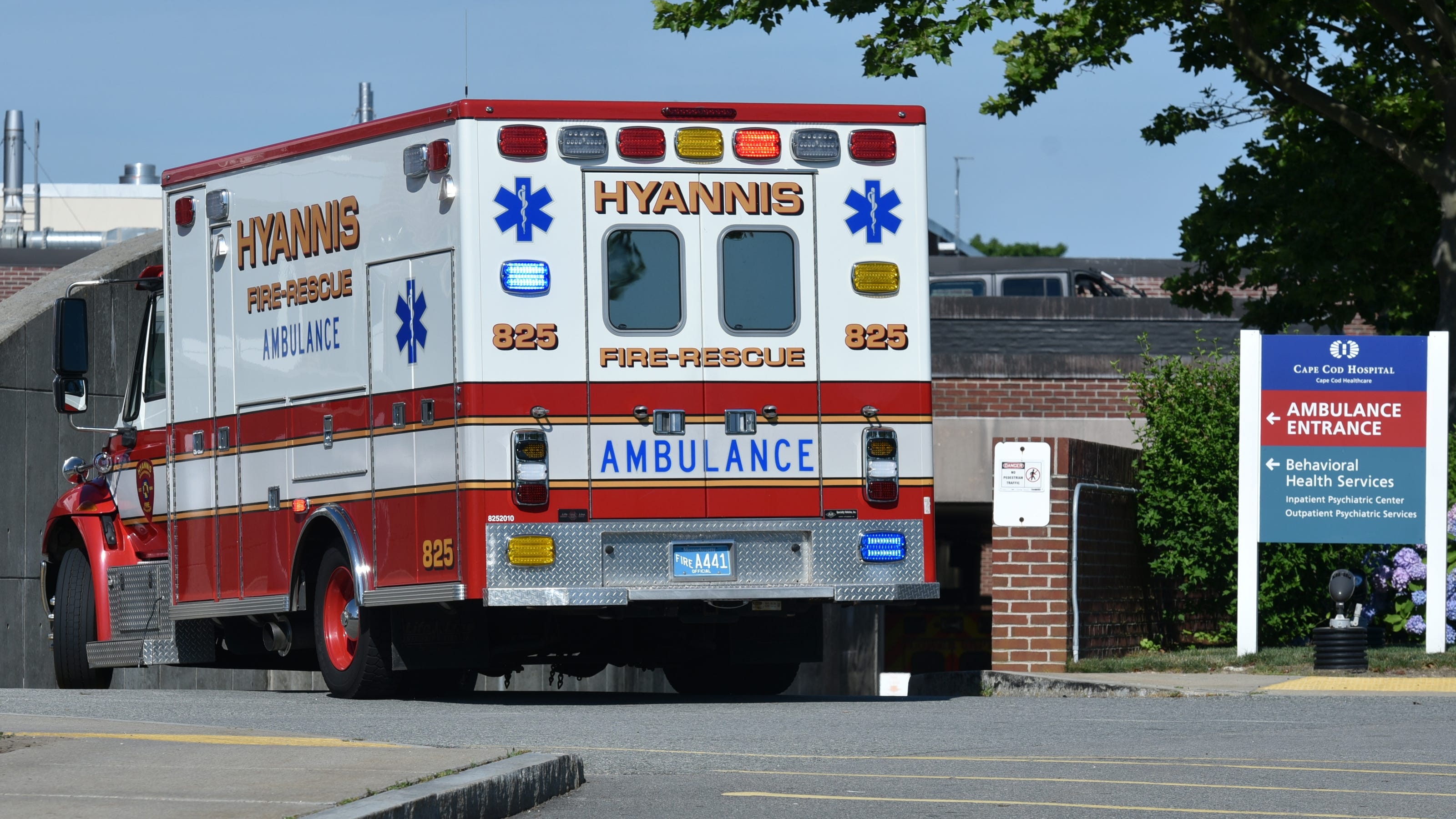
How much is an Ambulance Ride without Insurance | Statistical Guide
An ambulance trip is not a pleasant experience. When there is a life-threatening emergency, people call for an ambulance. In the United States, asking for an ambulance is much like taking a financial risk since ambulance services are not free and are expensive. Furthermore, several ambulance companies refuse to accept the patient’s insurance. So, how much is an ambulance ride without insurance? This article will intimate you immensely on this. Come along!
Because ambulance providers charge for everything from blankets to mileage, an ambulance journey may be exceedingly expensive.
Furthermore, the cost of an ambulance in the United States varies depending on the location, kind of ambulance, type of emergency, and services given.
Moreover, the cost of ambulance travel gets heavily influenced by health insurance. As a result, it’s a good idea to find out how much an ambulance journey costs without insurance.
How much is an Ambulance Ride without Insurance

Without insurance, ambulance travel might cost anywhere from $700 to $1500 or more, based on the patient’s health and other considerations. Ambulance service will be pretty expensive if you do not have health insurance coverage.
The following factors usually determine the cost of an ambulance service without insurance: location, kind of service, emergency call or planned transport, total distance traveled, forms of life support, and so on.
So, without insurance, an ambulance journey may cost you anywhere from $700 to $1500 or more. For example, in LeMars, Iowa, non-emergency primary life aid costs $375 while emergency complex life support costs up to $600.
Urbana, Ohio, charges $650 for ambulance service, whereas the municipality of Nichols Hills, Oklahoma, charges just $2.50 monthly with no out-of-pocket expenditures. Non-members, on the other hand, will be billed $1,100 for ambulance service plus $9 per mile.
Most health coverage companies in the United States bear the price of ambulance transportation for medically necessary travel. The various plans offered by BlueCross BlueShield of Alabama, for example, cover medical emergencies.
The cost of an emergency ambulance ride to the medical center to treat the injured is generally covered. If the patient has healthcare coverage, the patient’s out-of-pocket costs for ambulance services will vary from $15 to $100 or more, with a 10% to 50% coinsurance.
If the cost of the ambulance exceeds the insurance coverage, the ambulance service provider will issue the patient a “balance bill” for the rest of the amount. According to Woodburn Ambulance Service in Woodburn, patients with commercial coverage spend an average of $432 out of pocket.
How much is an Ambulance Ride without Insurance: What should get included

The ambulance service that serves the area would usually react right away in an emergency. The dispatch expert will evaluate if just EMTs get required for essential life aid or whether paramedics are necessary for advanced life aid.
The ambulance team will examine the patient’s health status and verify vital indicators, including pulse level, blood pressure, and breathing rate, to see whether transfer to a local hospital emergency department is necessary.
If this is the case, the staff will give necessary medical assistance throughout the ambulance travel. Minor therapy, prolonged monitoring, and potentially the delivery of oxygen are all part of primary life support care, which gets usually provided for non-life-threatening circumstances.
For life-threatening crises, CPR, medicine delivery, breathing tube insertion, and other therapies may get included in advanced life support care.
Additional expenses
Medical goods required during the journey, such as sterile gloves, syringes, IV supplies, tubes, and saline, may add more bills to the final cost.
An oxygen cylinder, sutures, dressings, and cold compresses, for example, may cost $24.75 in Los Angeles County; a combustion kit or intrapartum kit, $45.25; and an iv pump or sphygmomanometer, $80.25. If an intensive care nurse or paramedic is needed, the cost of an ambulance travel might increase by hundreds of dollars.
Discounts:
Uninsured individuals who pay cash or by a certain date may be eligible for a 20% discount from certain providers. For example, in Kansas, Lincoln County Ambulance Service gives a 20% rebate for payments made over 30 days, as well as a 10% rebate to underinsured customers. If you pay between 30 days of service, Woodburn Ambulance Service in Oregon will give you a 10% rebate.
What should I do now that I’ve got my ambulance bill?

If you have healthcare coverage and get an ambulance charge, fill out the back of the bill with details about your coverage. After that, sign the account and send it back to the ambulance service provider.
The ambulance service will then send the charge to the health insurance company. Finally, once your insurance company replies to the ambulance bill, the ambulance service operator will give you an updated account if any balance is outstanding. If you don’t have any insurance coverage, though, you must pay the total price.
Frequently Asked Questions
How much is an ambulance ride without insurance
Ambulance service will be pretty expensive if you do not have health insurance coverage. The following factors usually determine the fee of an ambulance service without coverage: location, kind of service, emergency call or planned transport, total distance traveled, forms of life support, and so on. So, without insurance, an ambulance journey may cost you anywhere from $700 to $1500 or more.
What does it cost to request an ambulance?
The ambulance business determines the answer to this inquiry. Several ambulance firms will not charge you until they transfer you. On the other hand, other firms may charge you for being sent to the site, even if you don’t travel in the ambulance.
How much does moving in an ambulance with a blue cross blue shield cost?
Blue Cross and Red Crescent Societies For ambulance services, Blue Shield offers a variety of insurance. They are as follows:
- Standard Option: 15% of the allowance plus $100 per day for land ambulance transportation
- Basic Option: $175 per day, plus $100 per day for land ambulance transportation
- FEP Blue Focus: 30% of the allocation, plus 30% of our allowance for land ambulance transportation.
Is it possible to refuse an ambulance ride?
Yes. You have the option to refuse an ambulance journey. You have the legal right to reject treatment and emergency transport as an adult. So, if you don’t want to travel in an ambulance, you may refuse to do so.
What is the definition of an ambulance?
An ambulance is a car prepared to provide emergency medical treatment and transport ill or wounded individuals to hospitals. Patients may also be transported between hospitals using ambulances. There are various varieties of ambulances, each with its own set of particular features, such as:
- Minibuses (the most common type of ambulance)
- Four-wheel-drive vehicles
- Motorbikes
- Buses
- Aircraft
- Helicopter
Air ambulances and helicopter ambulances get primarily employed in rural, isolated, or wilderness locations and particular emergencies. Ambulances might get stationed at hospitals, clinics, self-contained centers, or airports.
What are the responsibilities of paramedics?
A paramedic is a trained health practitioner who can give emergency medical evaluation and treatment to those who need it. They work with persons who are dealing with:
- An attack of the heart
- A stroke
- Injury to the spine
- An overdose of a substance
- Psychiatric disorder
Some paramedics have completed vocational training and earned a certificate in paramedical sciences. A graduate degree in paramedic or health science is becoming more common in ambulance services. Paramedics that specialize in intensive care undergo extra postgraduate training.
The Paramedicine Board of America registers qualified paramedics, and their identities get added to a public list of practitioners maintained by the American Health Practitioners Regulation Authority (AHPRA).
When I call an ambulance, what happens?
When you call an ambulance, the individual who answers the phone will ask you some questions to determine whether you have an emergency. If they believe there is an emergency, an ambulance will get sent.
They could also provide first-aid advice while waiting for an ambulance. If this is the case, you must follow the recommendations. They may send you to a health direct registered nurse if they do not believe it is an emergency. They will also be able to help you over the phone.
Is ambulance cover required in the act?
No. In the ACT, you will not need ambulance coverage because if you get wounded in a motor vehicle accident on an ACT road, you will be entitled to free ambulance services supplied at the site of the accident. This ambulance service gets included in the Compulsory Third Party Insurance’s road rescue price component.
Can you work out a deal on an ambulance bill?
Yes. If your insurance refuses to negotiate, call the ambulance company to see if it may reduce the fee or provide a payment plan. Notify your state’s insurance regulator or the attorney general about the matter as well. Mention it in your coverage appeal letter and your talks with the ambulance company.
Conclusion
In conclusion, ambulance services provide various merits for patients. And if you need more enlightenment on how much is an ambulance ride without insurance, the tips above will aid you immensely.
References



